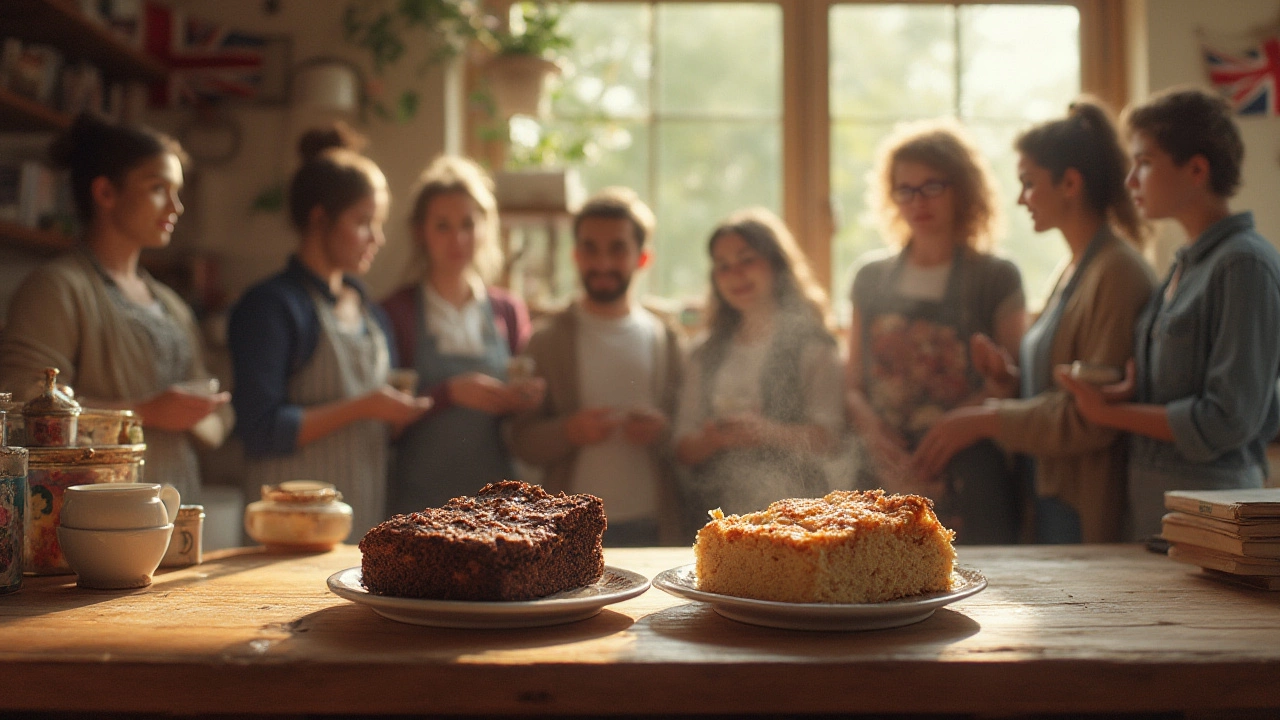
You’ve probably argued with someone about it at least once: What’s the best brownie texture? Right there in the middle of the dessert table, crowds quietly form—some strolling to the slightly underbaked, dense corner pieces, while others reach for the fluffy cake-like centers. There’s no simple answer to the fudgy versus cakey brownie debate. Arguments have turned siblings into silent rivals and bakers into perfectionists. Even professional chefs disagree—look up their interviews and you’ll spot die-hard fudgy fans and cakey loyalists in equal measure. To really get what’s at play, you need to dig into science, history, and honest-to-goodness hands-on advice.
The Brownie Backstory: Where Did This Debate Come From?
The brownie’s roots go back to the late 1800s in the United States when chocolate desserts were just starting to take off. Early cookbooks show recipes that look more like dense chocolate cakes—laced with nuts, butter, and sometimes a shot of coffee. Food historians say the first truly chocolate “brownie” recipe appeared in the 1897 Sears, Roebuck catalog, and it resembled something not quite cake, not quite fudge. That ambiguity never really left. Magazines from the 1940s and 1950s feature brownie recipes that range from gooey, nearly raw centers (the kind that gets parents nervous), to tall, crumbly cubes you could almost stack like Jenga blocks. By the time box mixes rolled out in the 1960s, marketers even made texture part of the ad campaigns—one brand would swear by “fudgy decadence,” while the next would claim “perfectly cakey every time!”
Part of this divide comes from changing palates. In the 1980s, American taste swung toward richer, denser desserts like flourless chocolate cake—boosted by fashions in high-end restaurants and chef-driven bakeries. That’s when the planet started seeing words like “gooey” and “melt-in-your-mouth” in glossy cookbooks. But scroll through online forums in 2024 and you’ll see the argument’s still alive and well. Each side has passionate fans. And yes, surveys (like the one The Kitchn ran in 2022, with 23,000 votes) tend to split around 60-40 in favor of *fudgy*, but that still leaves a passionate minority who crave a fluffier bite. Where do you fit? Knowing that can save you kitchen heartbreak.
The culture of brownies is also shaped by family tradition. Some people grew up eating the dense, chewy version—often from an old, battered pan passed down and lined with parchment that’s gone see-through from decades of butter. Others have nostalgic ties to the light, almost bouncy brownies you find at potlucks and bake sales. Even geography plays a weird part: New Yorkers lean fudgy; midwesterners are split. British folks? They lean classic, right down the middle, and will sometimes add a pinch of flaky sea salt just to keep things confusing. It’s not just opinion, it’s personal history baked right in every pan.
The Science of Texture: What Makes Brownies Fudgy or Cakey?
This is where things get interesting. The core difference between chewy, fudgy brownies and fluffy, cake-like ones mostly comes down to proportions of a few core ingredients. Fat, sugar, and flour are the big three. Every time you tweak one, you get a seriously different texture. Fudgy brownies are the rebels of the baking world. They use more fat (think butter and chocolate, sometimes oil) for that rich, truffle-like bite. Less flour goes in, and often an extra egg or yolk, which gives that almost sticky middle. Sugar isn’t just there for sweetness either—it attracts moisture, keeping everything soft.
Cakey brownies flip that formula. They start to look a lot like a regular cake batter, just with more chocolate and a little less leavening (think baking powder). These brownies have less fat and more flour, which gives you structure and that rise you see in classic cakes. Air gets whipped into the batter, usually by beating eggs and sugar for an extra minute or so. That helps set the crumb. But even a tablespoon too many of flour can turn a fudgy recipe cakey, and swapping out butter for oil will change things even more. No wonder so many people get confused on their first attempt! Here’s a handy table to spot the differences quickly:
| Texture | Fat vs. Flour | Sugar | Eggs | Baking Powder |
|---|---|---|---|---|
| Fudgy | More fat, less flour | High | Often extra yolk | None or very little |
| Cakey | Less fat, more flour | Moderate | Standard | More |
The baking process matters, too. Temperature makes a huge difference. For dense, fudgy brownies, many bakers bake at a slightly lower temperature and pull the pan out when the center is barely set. For cake-like results, you can raise the temp a little, and bake until a tester comes out almost clean. Cooling is crucial. Leave fudgy brownies in the pan, and they’ll keep cooking (overbaking danger!). For cakey brownies, let them cool on a rack so the crumb doesn’t get soggy. If you care about *brownie texture*, getting this science down is a gamechanger.
Mistakes happen to the best of us. If you’ve ever cried over brownies that came out stiff as a brick, chances are you overbaked or used too much flour. If your brownies collapsed or look greasy, you might’ve used too much butter or not enough structure. Classic wisdom: measure flour with a spoon and level it off, don’t pack it in. Room temperature eggs do wonders for getting that proper emulsion. And don’t even talk to me about using margarine instead of butter—it’s just not the same.
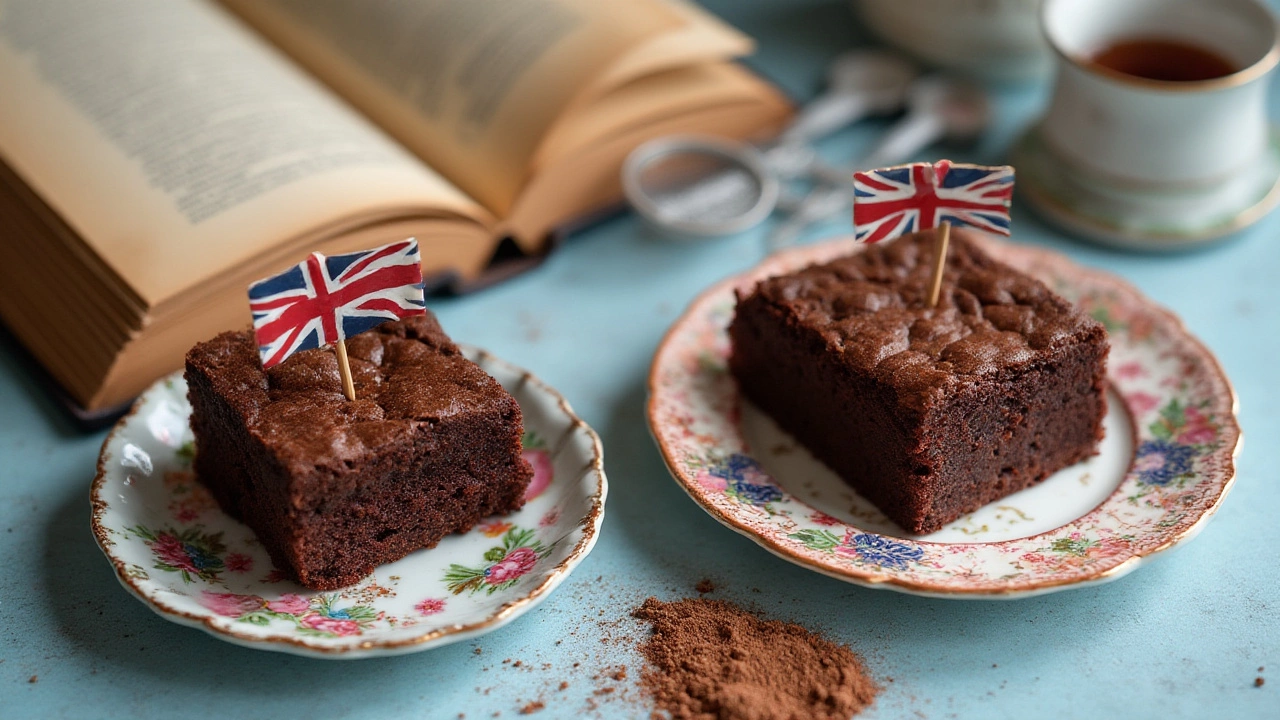
Choosing Your Weapon: Pros and Cons of Cakey vs. Fudgy Brownies
Picking a side is more than just flavor, it’s about experience. Brownies are comfort food, but the right texture can change everything about that satisfaction. Fudgy brownies melt on your tongue; it’s almost like eating a really dense truffle. There’s a sense of indulgence that goes beyond normal cake. They’re best fresh out of the oven, slightly warm, maybe with a scoop of vanilla ice cream on top. Cakey brownies, though, honestly hold up better with a glass of milk or cup of coffee. They’re sturdy, easier to pack in lunchboxes, and often what you’ll see at a picnic—less sticky fingers, less risk of collapsing into a chocolate puddle. Plus, they slice cleanly and you can stack them up for bake sales without any drama.
If you’re all about intensity, fudgy is probably your route. They have double or triple doses of melted chocolate, and when you chill them, you’ll get a bonafide chewy, dense bite. Pro-chefs like Claire Saffitz (author of “Dessert Person”) rave about their almost candy-like texture. Not everyone loves the messiness, though. Serve uncooked fudgy brownies at a party and you might find yourself with chocolate handprints on the furniture—especially if small kids or pets are nearby. Cakey brownies don’t have this problem, but they’ve been called out for not being “chocolatey enough” or feeling too dry if you’re not careful. They’re less about decadence, more about comfort. Sometimes, you want less guilt and more volume.
The health side can’t be ignored, either. If you crave fewer calories per serving, cakey brownies usually win by a hair because there’s less fat per square. But—surprise!—adding extra chocolate chips or a heavy cream swirl evens things out quickly. Fudgy brownies can even work in higher-protein diets if you sneak in ground nuts or swap out some flour with almond meal. Brownies aren’t famous for their nutritional value, though, so you’ll rarely see anyone pretending they’re a power food. Instead, pick what makes you (and your company) happiest. There’s no wrong answer—just more or less delicious possibilities.
Troubleshooting and Tips: Get the Brownie Structure You Really Want
Secret: most bakers will tell you the real magic happens before you even put the pan in the oven. If you want consistent, dreamy brownies every time, you need control over your ingredients and your method. For the ultimate fudgy bite, use real chocolate (not just cocoa powder) and go for a higher fat-to-flour ratio. Try using brown sugar instead of white—brown sugar adds a hit of moisture and a whisper of caramel flavor. Some bakers swear by stirring in a small amount of espresso powder; it boosts the chocolate flavor without tasting like coffee at all. If your brownies keep turning cakey, check your baking powder—using too much is an easy slip-up, especially if your hand’s a little shaky late at night. Also, if you don’t want that thick, crunchy outer “crust,” skip the electric mixer and mix gently by hand.
Cakey aficionados, listen up: Take your eggs and sugar and beat them until light and frothy. Don’t be shy with your whisk. The more air you trap, the taller and lighter your brownies will be. And yes, use the baking powder (but not too much). If dry brownies haunt your dreams, try swapping a smidge of milk or yogurt into the mix for extra tenderness. But keep an eye—overbaking is disaster, so start checking at the fifteen-minute mark even if your recipe says twenty. Every oven runs a little differently. A digital thermometer fixes a world of problems—a perfect brownie temp in the center is about 180-190°F (82-88°C). And always use a shiny metal pan for cakey brownies if you can—glass pans trap heat, increasing the risk of tough, dry edges.
If you’re undecided, nothing says you can’t have both. “Hybrid” brownies (get fancy and call them “midgies”) are very much a thing. Use a mix of cocoa powder and melted chocolate, moderate fat, a surprise swirl of peanut butter or cheesecake batter—suddenly, you have a brownie that’s chewy at the edge and soft in the middle. Invent your own and get ready to answer questions at every party forevermore.
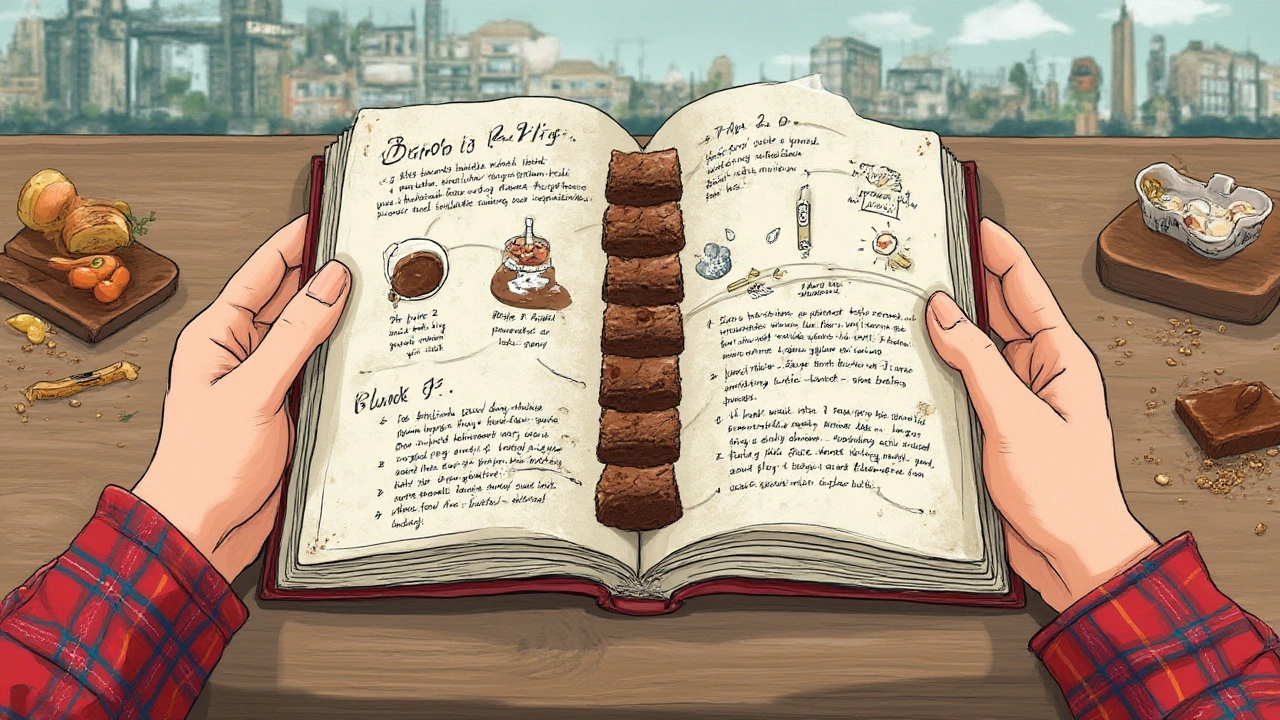
Experimenting at Home: Fudgy and Cakey Brownie Recipes to Try
Want the power to end the debate in your kitchen? Try both, then settle the argument once and for all, at least for yourself. Here are two never-fail formulas:
- For Ultimatly Fudgy Brownies: Melt 1 cup semisweet chocolate chips and 1/2 cup unsalted butter together. Whisk in 1 cup sugar, 2 large eggs plus an extra yolk, and a splash of vanilla. Fold in 3/4 cup all-purpose flour and a hearty pinch of salt. Optional: add a handful of walnuts or a swirl of dulce de leche. Bake at 325°F (165°C) for 25-30 minutes. The center should jiggle slightly when you shake the pan—a skewer should come out coated with thick crumbs, not wet batter.
- For Perfectly Cakey Brownies: Beat 2 eggs with 3/4 cup sugar until frothy and pale. Stir in 1/2 cup melted butter, 1 teaspoon vanilla, and 1/4 cup milk. Add 1 cup all-purpose flour and 1/4 cup cocoa powder, with 1/2 teaspoon baking powder and 1/4 teaspoon salt. Pour into a lined metal pan and bake at 350°F (175°C) for 20-25 minutes, or until a tester comes out clean. Let cool on a rack before slicing.
For the undecided, riff on either recipe—drop in extra chocolate chunks, swap in coconut oil, or drizzle with tahini before baking. Just keep notes, because you’ll want to remember magic combinations. The only thing you can do wrong: Not making enough.


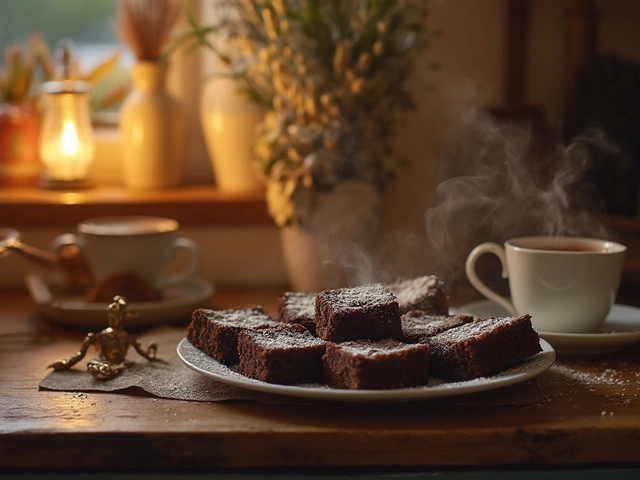

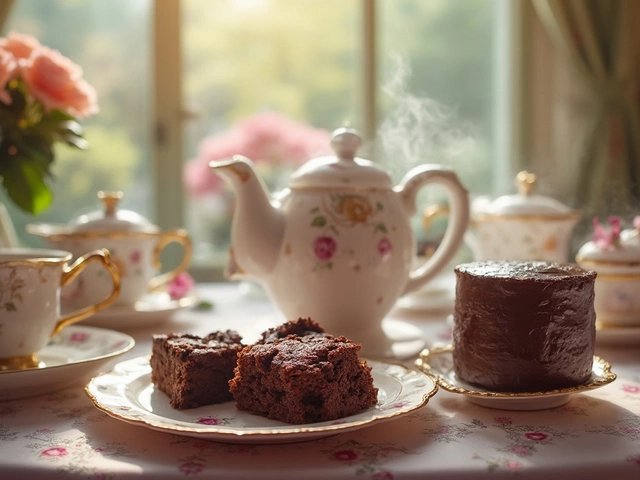
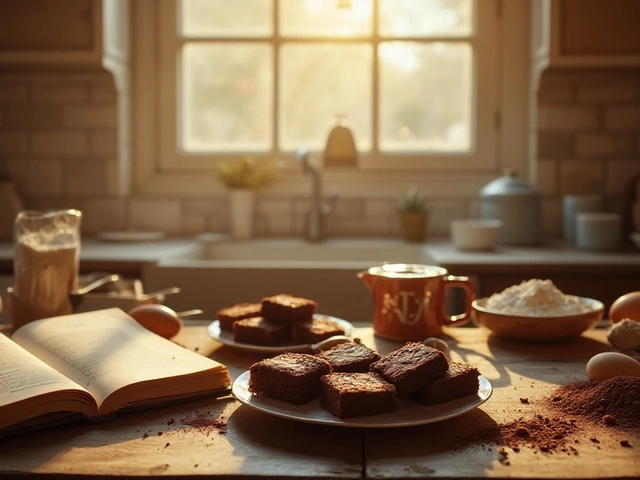
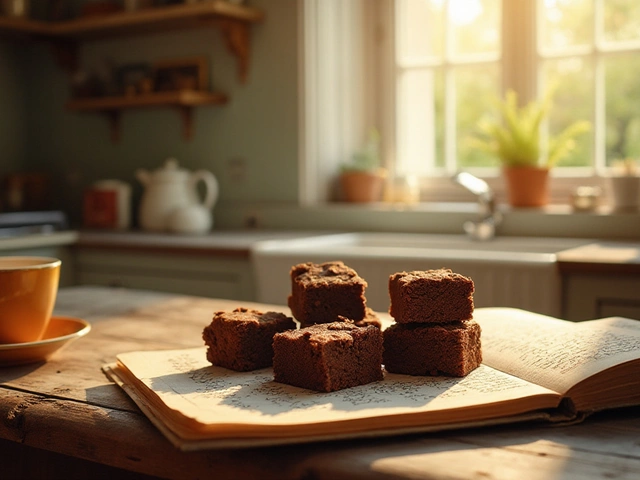
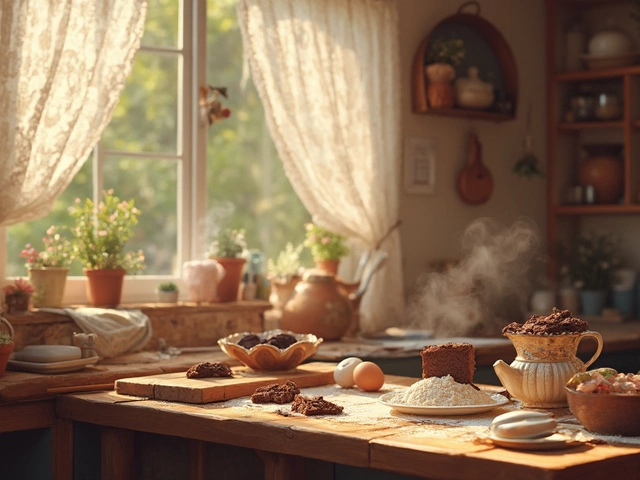

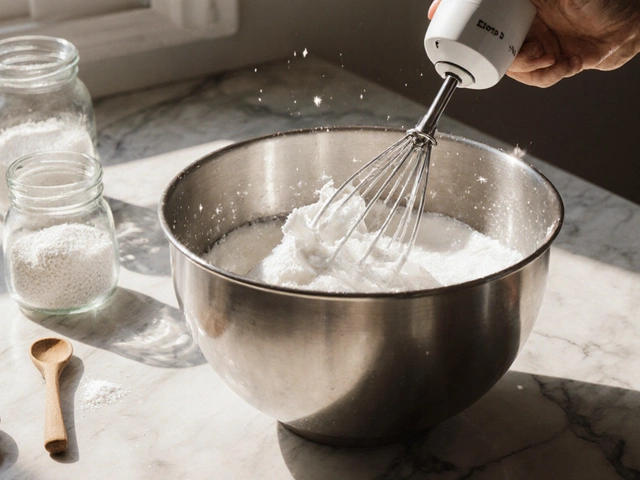
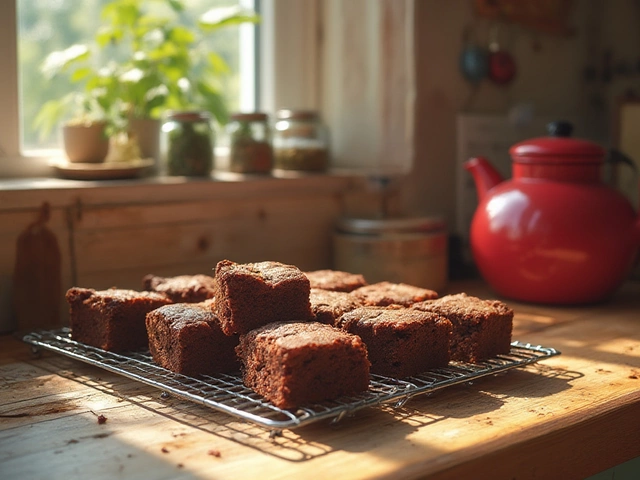

Write a comment